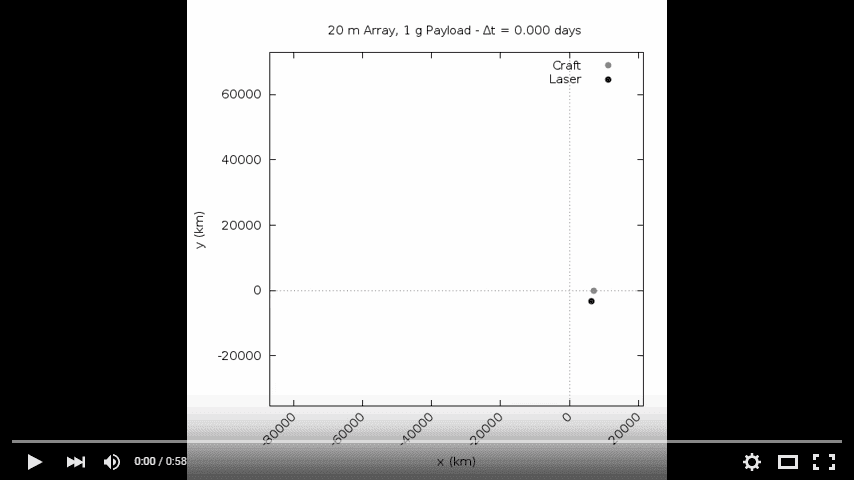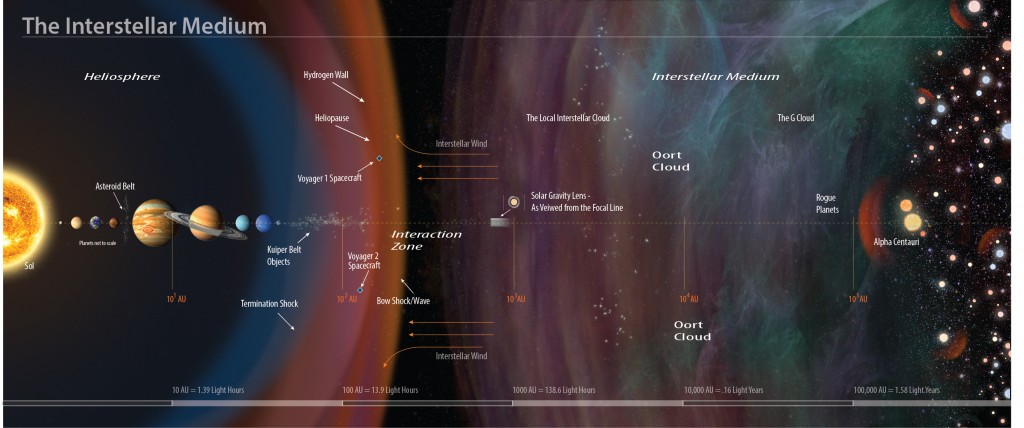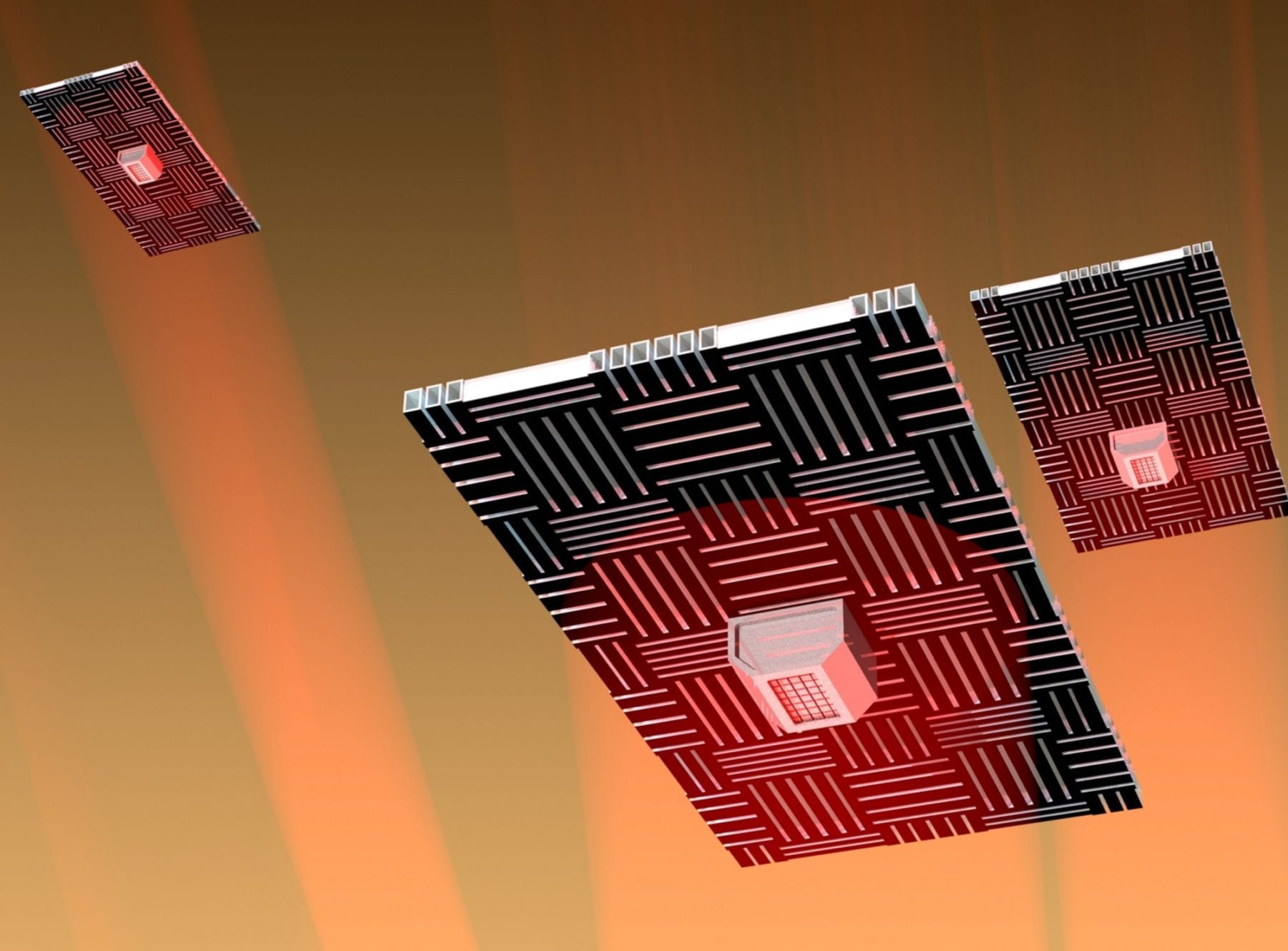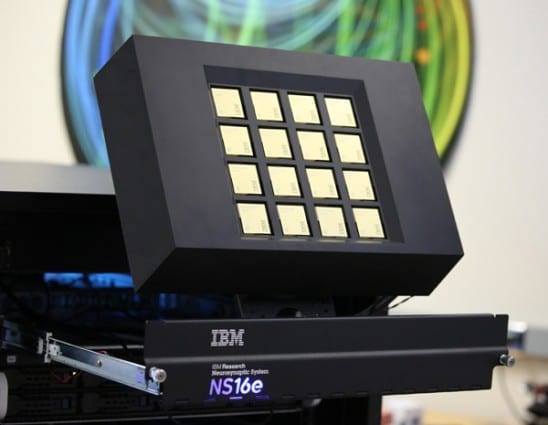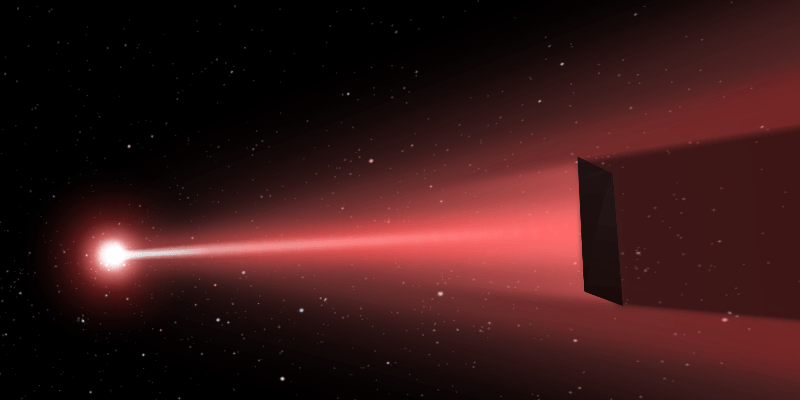
Since the beginning of spaceflight, humans have accomplished wonderful feats of exploration and showcased their drive to understand the universe.
Yet, in those 60 years, only one spacecraft, Voyager 1 (launched in 1977) has left the solar system. As remarkable as this is, humans will never reach even the nearest stars with out current propulsion technology. Instead, radically new strategies involving the technology already available must be used.
We propose a roadmap to a program that will lead to sending relativistic probes to the nearest stars.
To do so requires a fundamental change in our thinking of both propulsion and our definition of what a spacecraft is. In addition to larger spacecrafts capable of human transportation, we consider “wafer sats”, wafer-scale systems weighing no more than a gram. The wafer sats would include integrated optical communications, optical systems, and sensors. These crafts, combined with directed energy propulsion, could be capable of speeds greater than 0.25 c.
This program has applications for planetary defense, SETI and Kepler missions.
The richness of the interstellar medium from the sun to the nearest stars (Keck Institute for Space Studies)
Learn more: Directed Energy Interstellar Precursors
The Latest on: Space laser propulsion
[google_news title=”” keyword=”space laser propulsion” num_posts=”10″ blurb_length=”0″ show_thumb=”left”]
via Google News
The Latest on: Space laser propulsion
- Chinese scientists want to use lasers to power ultrafast, stealthy submarines. A laser expert says there's a major flaw in their plan.on April 28, 2024 at 3:28 am
Chinese scientists from Harbin University say they've made a breakthrough in underwater laser propulsion technology.
- NASA receives space laser message from 140 million miles awayon April 27, 2024 at 7:23 pm
NASA's Psyche mission has shattered records, proving its capabilities in transmitting messages from deep space using lasers.
- Agile Space lands propulsion contract for U.S. Space Force missionon April 26, 2024 at 6:11 am
WASHINGTON — Agile Space Industries has been tapped to develop a propulsion system for True Anomaly’s Jackal vehicle, which was recently selected for the U.S. Space Force’s 2025 “tactically responsive ...
- China Claims New Breakthrough in Laser Propulsion Could Lead to Ultrafast, Stealth Submarineson April 25, 2024 at 5:27 am
Chinese scientists claim a breakthrough in laser propulsion that could transform submarine technology and shift global naval power dynamics.
- NASA's CloudSat ends mission peering into the heart of cloudson April 23, 2024 at 12:03 pm
CloudSat, a NASA mission that peered into hurricanes, tallied global snowfall rates, and achieved other weather and climate firsts, has ended its operations. Originally proposed as a 22-month mission, ...
- China Closing In On Laser-Propelled Fast, Stealth Subson April 23, 2024 at 12:56 am
China may be moving closer to the holy grail of submarine stealth technology – a propulsion system with no mechanical moving parts. Such technology ...
- New laser propulsion could power silent yet supersonic Chinese submarineson April 22, 2024 at 6:52 am
A new laser-based propulsion technique developed by researchers at the Harbin Engineering University in China could help the People’s Liberation Army (PLA) build silent yet superfast submarines in the ...
- Exodus Propulsion Technologies Claims Huge Space Propulsion Breakthroughon April 19, 2024 at 4:59 pm
The mass of an early orbital system would greatly exceed the active materials of the propulsion, which would reduce performance. High performance space propulsion would need to increase the active ...
- Helicity Space Fusion Propulsion Funded by Lockheed Martinon April 4, 2024 at 10:38 am
Helicity Space, a commercial space company developing in-space propulsion and power technology based on fusion power, announced an investment from Lockheed Martin Ventures, the venture capital arm of ...
- Agile Space Unveils New Commercial Test Fire Facility for the Industry’s Largest Propulsion Systemson April 3, 2024 at 5:59 am
The need for spacecraft to have reliable propulsion systems for in-space maneuverability continues to expand due to market factors such as lower launch costs, new governmental deorbiting ...
via Bing News








